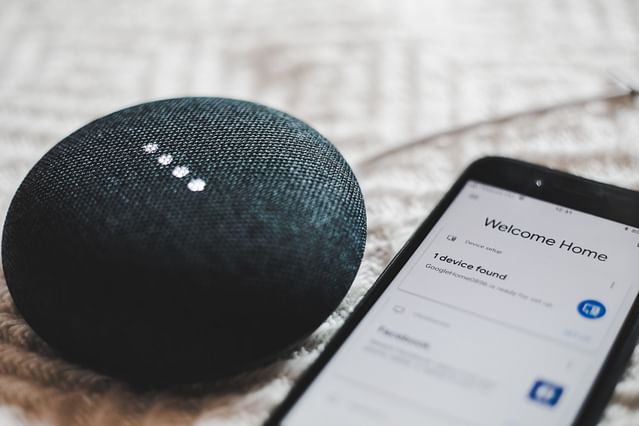
Smart Home for Beginners: A Comprehensive Guide to Getting Started with Home Automation
As technology continues to advance, the concept of the smart home has become increasingly popular. With home automation, you can control various aspects of your home, such as lighting, temperature, and security, all from one central device. Are you interested in getting started with home automation? This comprehensive guide will help you learn the basics of home automation and give you practical tips on how to set up your smart home.
Smart Hubs
The first step in home automation is to choose a smart hub. A smart hub is a device that connects all your smart devices to one central location, making it easier to control them. There are several types of smart hubs available, but the most common are Amazon Echo, Google Nest, and Apple HomePod.
Amazon Echo: If you're an Amazon Prime member, the Amazon Echo might be the best smart hub for you. It's easy to set up and can connect to a variety of smart devices, including lights, thermostats, and security systems. The Amazon Echo can also perform voice-activated tasks, such as setting reminders, making calls, and ordering groceries.
Google Nest: The Google Nest is another popular smart hub that integrates with other Google devices, such as Chromecast and Nest cameras. It's designed to work with a wide range of smart devices, from light bulbs to thermostats, and can understand voice commands.
Apple HomePod: If you're an Apple user, the Apple HomePod is the best smart hub for you. It can connect to various smart devices, including smart thermostats and lights. It's also integrated with Siri, which means you can use voice commands to control your smart home.
Smart Devices
Once you've chosen your smart hub, it's time to start adding smart devices to your home. There are several types of smart devices in the market, but the most common ones include:
Smart Light Bulbs: Smart light bulbs can easily replace regular bulbs and connect to your smart hub. With smart light bulbs, you can control the brightness and color of your lights, set up timers, and even use voice commands to turn them on or off.
Smart Thermostats: Smart thermostats can regulate the temperature in your home and can learn your preferences over time. With a smart thermostat, you can schedule temperature changes, turn on/off the heat or air conditioning, and monitor your energy usage.
Smart Plugs: Smart plugs can turn ordinary appliances into smart appliances. By plugging in appliances such as coffee makers, lamps, and fans into a smart plug, you can control them with your smart hub. You can turn them on or off, set up schedules, and monitor their energy usage.
Smart Locks: Smart locks can be controlled remotely, which means you don't need to worry about lost or forgotten keys. With a smart lock, you can create "virtual" keys for people who need access to your home, such as cleaners or babysitters. You can also monitor who enters or leaves your home with a smart lock.
Automation Routines
Once you've added smart devices to your home, you can start automating common tasks to make your home more efficient. Here are some automation routines you can try:
Wake Up Routine: Create an automation routine that turns on the lights in your bedroom, adjusts the temperature, and plays your favorite music when your alarm goes off.
Goodbye Routine: Create an automation routine that turns off all lights, locks the front door, and adjusts the temperature when you leave your home.
Movie Night Routine: Create an automation routine that dims the lights in your living room, turns on the TV, and adjusts the volume when you say "Movie Night" to your smart hub.
Conclusion
Home automation can make your life easier and more efficient. By choosing a smart hub, adding smart devices, and automating common tasks, you can turn your home into a smart home. Remember to start small and gradually build your smart home over time. With the right devices and routines, home automation can simplify your life in ways you never thought possible.
Posted on: Apr 27, 2023